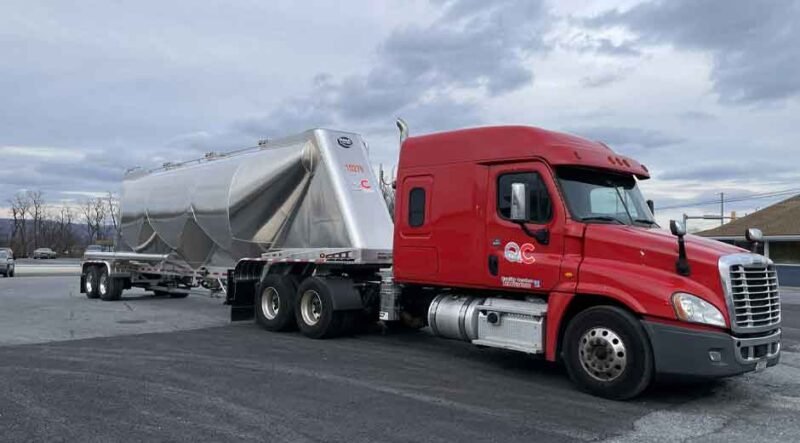
Supply chain success depends on establishing predictable patterns that deliver materials when and where they are needed. Manufacturing plants, construction sites, and agricultural facilities require consistent material flow to maintain operations. Random or unpredictable deliveries create costly disruptions that ripple through entire production schedules.
Successful businesses transform chaotic material movement into systematic processes that support growth and profitability. Commercial dry bulk transportation becomes most effective when integrated into regular operational rhythms. This blog covers practical methods for developing transportation routines that strengthen supply chain reliability and business performance.
Morning Coordination and Daily Planning
Starting each day with transportation status reviews sets the foundation for smooth operations. Logistics teams check vehicle locations, driver availability, and pending delivery schedules before 8 AM. Weather conditions, road restrictions, and customer requirements get evaluated to identify potential challenges. Early planning prevents last-minute scrambles that disrupt carefully planned schedules.
Daily coordination meetings align transportation teams with production requirements and customer expectations. Dispatch coordinators review truck assignments, route optimizations, and special handling instructions for each shipment. Communication protocols ensure all team members understand priorities and timing requirements.
Weekly Schedule Development and Resource Allocation
Weekly planning sessions establish delivery patterns that customers can depend on for their operations. Transportation managers review historical demand patterns, seasonal trends, and upcoming project requirements. Vehicle assignments get optimized to match equipment capabilities with specific material types and delivery requirements. Route scheduling balances efficiency with customer service commitments.
Resource allocation decisions consider driver schedules, equipment maintenance needs, and fuel management strategies. Peak demand periods require additional planning to ensure adequate capacity without compromising service quality. Backup plans address potential disruptions like equipment failures or weather delays. Consistent weekly rhythms help customers plan their receiving operations more effectively.
Monthly Performance Reviews and Adjustments
Monthly analysis sessions examine delivery performance, cost trends, and customer satisfaction metrics. Transportation teams review on-time delivery rates, fuel efficiency statistics, and equipment utilization data. Customer feedback gets compiled to identify service improvement opportunities. Performance trends help predict capacity needs and investment requirements.
Route optimization reviews identify opportunities to reduce costs while maintaining service levels. Commercial dry bulk transportation efficiency improves when teams regularly analyze patterns and adjust procedures accordingly. Driver performance recognition programs maintain motivation and encourage continuous improvement. Monthly planning cycles ensure transportation capabilities align with evolving business needs.
Seasonal Adaptation and Planning Cycles
Seasonal changes require systematic adjustments to transportation routines and resource allocation strategies. Spring construction activity increases demand for aggregates and building materials significantly. Annual planning sessions establish seasonal staffing levels, equipment maintenance schedules, and capacity expansion strategies. The following seasonal considerations help maintain consistent service throughout the year:
- Spring preparation includes equipment inspections and route condition assessments
- Summer operations focus on heat management and extended daylight scheduling
- Fall planning addresses harvest season demands and winter preparation requirements
- Winter protocols emphasize safety procedures and weather contingency planning
Technology Integration for Routine Optimization
Digital tools transform manual coordination processes into automated systems that reduce errors and save time. GPS tracking systems provide real-time visibility into vehicle locations and estimated arrival times. Electronic dispatch systems streamline communication between drivers, customers, and coordination teams. Automated scheduling software optimizes routes and balances workloads efficiently.
Data analytics platforms identify patterns that human planners might miss during routine operations. Fuel management systems track consumption trends and identify efficiency improvement opportunities. Customer portal access allows clients to track shipments and plan receiving operations independently. Technology investments pay dividends through improved accuracy and reduced coordination overhead.
Building effective routines with commercial dry bulk transportation requires systematic planning, consistent execution, and continuous refinement. Success comes from transforming ad hoc material movement into predictable processes that support business objectives. Companies that invest time in developing strong transportation routines create competitive advantages through reliability, efficiency, and customer satisfaction.

